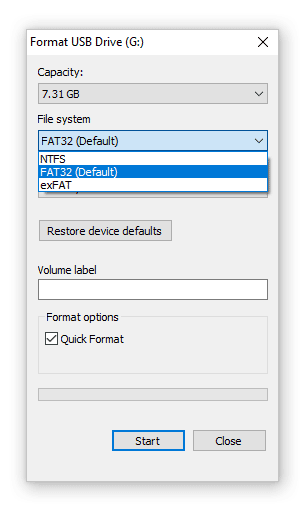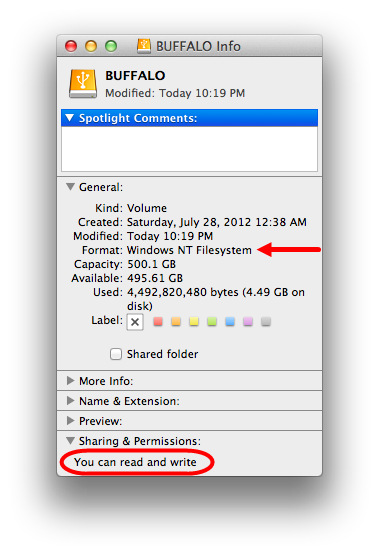

Now, using the volume name, enter the following command ( Figure B). This will open the fstab file that is blank by default.Launch Terminal.app and type in the following command, entering the admin password when prompted ( Figure A).Take note of the volume name, as you’ll need it later. On your Apple computer, connect an NFTS-formatted drive to an external port.Remember though that this solution is unsupported, so care should be taken to properly back up data should anything go wrong, such as data corruption and/or subsequent loss. Luckily, NTFS write access can be enabled on a per-drive basis using Apple’s native driver. This fact makes it very likely that you’ll need to write data to an NTFS-formatted drive from a Mac at some point or another. Though Apple supports exFAT, an alternative format also created by Microsoft to read/write OS X and Windows, the fact remains that Windows drives are formatted with NTFS by default. Even though write support is built in to the native driver itself, it’s disabled by default in OS X, since Apple doesn’t officially support writing data to NTFS drives. With full read and write support for FAT32, everything works well… until NTFS support is required.Īpple’s native NTFS driver handles read capability, yet write support has long been absent from the equation.

Jesus Vigo explains the pros and cons of using Apple's default NTFS driver for native write support of NTFS-formatted drives in OS X.įor years now, Apple has provided support for Microsoft’s major drive formats–namely, FAT and NTFS. How to enable NTFS write support natively for OS X


 0 kommentar(er)
0 kommentar(er)
